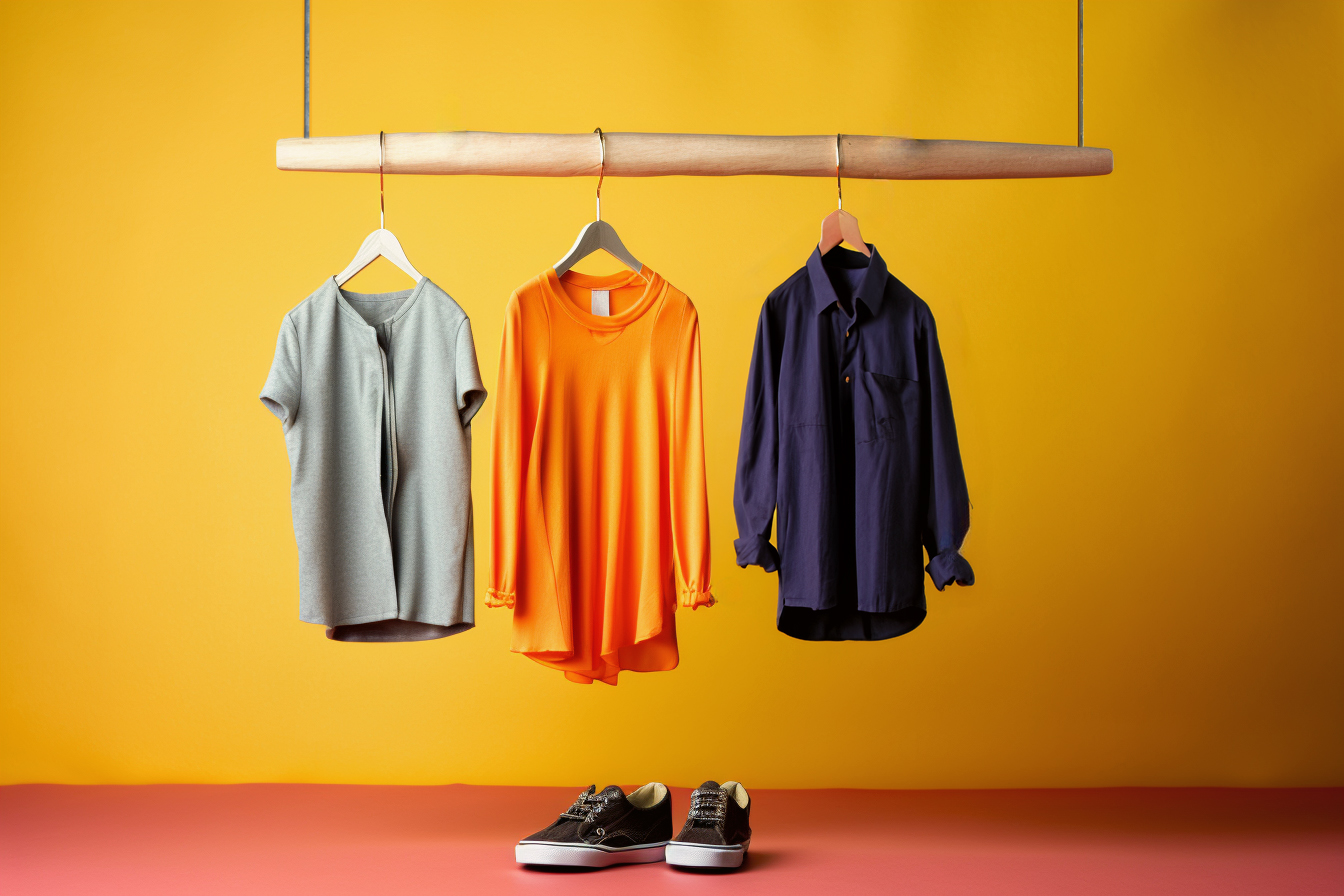Frugal living and minimalism have surged in popularity as lifestyles that enable saving money, reducing stress, and focusing on what’s truly important. Frugality is about intentional spending and saving, while minimalism calls for decluttering life and living with purpose over possessions. While differing in execution, both produce similar benefits. Blending frugal and minimalist practices allows us to maximize positive outcomes.
Frugality requires more effort in some essential spending categories, while minimalism shines at reducing excess possessions. We can embrace a minimalist mindset in non-essential areas like clothing and home goods while maintaining frugal habits for fixed costs like housing and utilities. This article explores combining these lifestyles and learning from the best of both.
Key Principles of Frugal Living
Frugality focuses on reducing expenses anywhere possible without reducing quality of life. Frugal strategies like meal prepping, preventative maintenance, and resisting impulse purchases take active work but considerably lower spending.
For example, planning inexpensive meals and cooking at home saves significantly over eating out. Performing DIY repairs immediately rather than replacing items conserves money. Buying generic brands, resisting shiny new gadgets, and finding free entertainment offers significant savings that quickly add up. The frugal mindfully live below their means.
Core Aspects of Minimalism
Minimalism centers around decluttering life to focus on what’s essential. It encourages limiting possessions to mostly multipurpose and high-quality items. Experiences are valued over material goods. Minimalists aim to remove clutter and distractions to pursue meaning and purpose.
For instance, minimalists often embrace capsule wardrobes with versatile, lasting pieces over trendy fast fashion. They optimize their living space by eliminating excess furniture and decoration to create openness. Minimalists try to spend money on shared experiences like travel and time with loved ones rather than the latest technology.
Adopt Minimalism for Non-Essentials, Frugality for Essentials
We can blend these lifestyles by applying minimalism to categories like clothing, furniture, and decor, where excess is easy to cut. Maintain frugal habits around fixed costs like utilities, transportation, healthcare, and insurance where overspending lurks.
For example, take a minimalist approach to your wardrobe by removing clothes you rarely wear. Then, apply frugality when replacing them by watching for end-of-season sales or buying secondhand. For a more significant purchase like a mattress, research minimalist options focused on quality, comfort, and ethical manufacturing over quantity of features.
Follow a Minimalist Mindset with Major Purchases
The minimalist mantra of “quality over quantity” aligns well with frugal living. Researching to find a higher quality item that will last years often saves long-term money over repeatedly buying cheaper disposable options.
For instance, purchasing high-quality pots and pans may cost more initially but saves money over replacing a cheap set every two years. A reliable used car is a better financial move than a brand-new car with rapid depreciation. The minimalist focus on quality over quantity benefits your budget.
Find Free Local Experiences Over Materials
Both frugal and minimalist lifestyles value experiences over physical possessions. Seek out free or low-cost local happenings like free museum days, festivals, hiking trails, community classes, and more. You can have fun experiences that build lasting memories without overspending or acquiring more clutter for your home.
Emma’s Lifestyle Shift
Emma felt overwhelmed by all the clutter in her home, barely used subscriptions, and impulse purchases on her credit cards. She longed to spend less and live more intentionally. After researching frugal living tips and minimalist decluttering, Emma realized she could blend both aspects.
She made a meal plan each week and cooked enough for leftovers. Emma started monitoring utility bills and made changes to lower them. For decluttering, she followed the minimalist advice to remove any item she hadn’t used in over a year. Emma also unsubscribed from several digital services she rarely utilized to save money.
The combination allowed Emma to pay off credit card debt, save more each month, and feel in control of her finances and possessions without deprivation. Adopting the best principles of frugal living and minimalism improved Emma’s life dramatically.
Conclusion
Frugal living and minimalism complement each other beautifully when blended into our lives. Each philosophy offers unique benefits that address different areas when combined thoughtfully. Frugality provides money-saving strategies to reduce spending on essentials like housing, utilities, transportation, and healthcare, where overspending often hides unnoticed. Minimalism eliminates excess in non-essential realms like clothing, furniture, home goods, and subscriptions.
Together, these lifestyles enable us to save money, reduce stress from clutter and overspending, and focus on what matters most. We can take a minimalist approach to declutter our wardrobes, homes, and schedules while maintaining frugal habits around budgeting and conscious consumption. Blending the core principles of quality over quantity from minimalism and intentional spending from frugality creates a customizable roadmap to help us live our best lives.
Consider what you hope to gain from embracing frugal and minimalist practices. Make a list of areas to target first when decluttering and cutting expenses. Remember that perfection is not required – small steps to blend these lifestyles will compound into significant life improvements over time. Be patient with yourself and celebrate each achievement along your journey. With an openness to learn from both philosophies, you can craft the ideal lifestyle by fusing frugal and minimalist elements tailored to your goals and needs.
